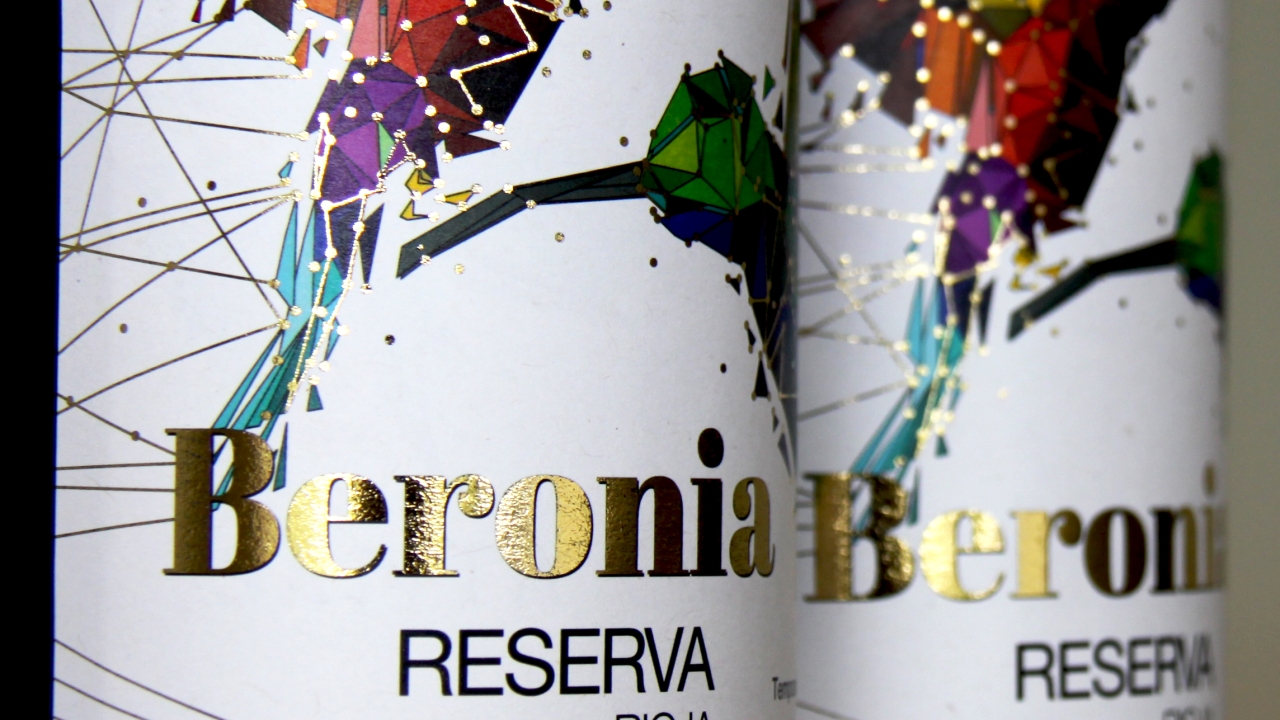Xeikon, Kurz introduce digital metallization capabilities
New technology will premiere at Labelexpo Europe 2023

Xeikon, Kurz introduce digital metallization capabilities
Ahead of Labelexpo Europe 2023, Xeikon and Kurz have introduced new digital metallization capabilities.
Based on the recently launched Xeikon Titon toner technology, the jointly developed technology integrates Kurz Digital Metal with the Xeikon TX500 digital press to produce premium labels. This one-step embellishment method offers a low-cost alternative to traditional hot foiling, andt is the first food-safe digital metallization product on the market.
Delivering high-quality labels in a single pass, this collaboration is marketd for printers serving the demanding high-end wine and spirits markets. With no restrictions on run lengths or designs, it provides a sustainable, ultra-flexible, and cost-efficient way to create high shelf appeal. Presenting the same advantages as digital printing, it also enables new market opportunities, such as variable foiling, which can be used for personalized consumer labels, variable security elements, or paper-based packaging with metallization.
‘Printers are constantly searching for better ways to add value to the labels they produce for their customers. Meanwhile, brand owners are looking to maximize shelf standout with brilliant designs that shine and sparkle. They also want to get to market faster, at a lower cost,’ said Jeroen Van Bauwel, director of solution design at Xeikon. ‘This new digital metallization process offers unlimited possibilities for the production of high-quality, highly embellished labels with Xeikon’s Titon toner technology. Metal effects are created in one process without needing special adaptations to the print file. And since it’s all done inline, no highly-skilled operator intervention or re-registration are needed. It’s as simple as adding another color.’
This digital metallization method does not require any additional process steps in prepress or during the converting phase. Unlike in traditional hot and cold foil techniques, there is no need for stamping tools, saving significant cost, time, and waste. The job preparation time is as quick as sending a digital job to the press, meaning printers can offer much faster turnaround and shorter lead times. It also eliminates waste of time and materials related to print registration. The process can be applied to a wide variety of substrates, including challenging uncoated papers (unlike cold foil), and semi-transparent metallization is also an option.
The technology is made possible by Xeikon’s new durable Titon toners, which are highly resistant to heat. After printing CMYK, the Xeikon TX500 press applies a special transfer toner to the designated metallization areas before the web continues to the Kurz module. This method is remarkably precise and efficient, utilizing the print file for metallization, so there are no additional requirements of the press operator.
With the full freedom of digital printing, including orders of just one label, the new digital metallization process can be used to add both solid areas and very small details (in positive and negative) in 1200 dpi resolution, anywhere in the design. Each label can be different with variable elements in print and metallization matching each other.
‘Together with Kurz, Xeikon is pushing the boundaries of digital embellishment with this advanced solution which will appeal to the high-end market due to its multiple benefits and exceptional quality,’ said Filip Weymans, vice president of marketing at Xeikon. ‘The continuous advancement of Xeikon toner technology, and the new solutions it enables, are driving even more value for label printers and their brand owner customers, while also supporting sustainability by taking out more waste in the production process. We look forward to unveiling this amazing solution at Labelexpo and encourage visitors to witness for themselves how easy it can be to add metallization the Xeikon way.’
Stay up to date
Subscribe to the free Label News newsletter and receive the latest content every week. We'll never share your email address.

